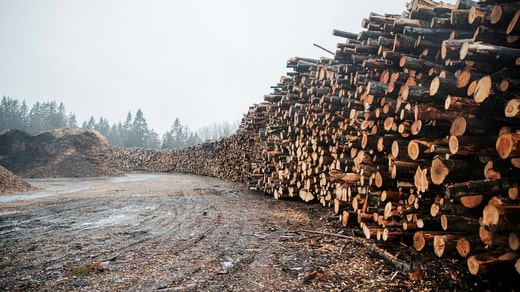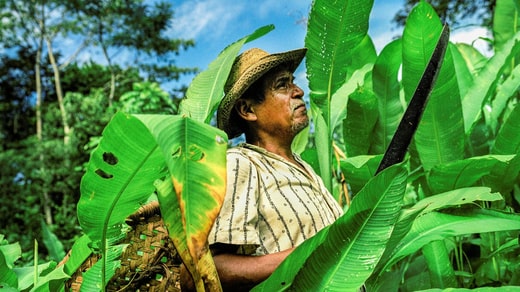However, it is difficult to distinguish between the blue and yellow leader shirt sustainable development index, an indicator that measures human development in relation to environmental sustainability that was first presented in 2020 in Ecological Economics by researcher Jason Heckel.
“We are one of the richest countries in the world and we use a lot of resources.”
Out of 165 countries, Sweden ranks 20th there – from below. Some of the countries with worse results are Switzerland, Finland, Norway, Canada, USA, Australia, Qatar, United Arab Emirates and Singapore.
The main reason Sweden and many other rich countries put themselves in such a bad position is that the index places great importance on environmental sustainability, and this is measured with the help of per capita consumption-based carbon dioxide emissions and material footprints.
We are one of the richest countries in the world and we use a lot of resources. We consume a lot, we have a lot of forests, many mines and we import many goods with a large carbon footprint, says Thomas Sterner, professor of environmental economics.
consumption based emissions It means that you also include emissions from goods produced in other countries but consumed in your own country. The physical footprint is a measure of the use of various resources such as biomass, fossil fuels, minerals and stone. The latter seems to Thomas Sterner a partially embarrassing measure.
The physical footprint is measured by the number of tons it consumes or processes, regardless of whether it is forest, stone or iron ore. Pebbles and plutonium are measured in the same miles which is an unsatisfactory method of measurement. From a climate standpoint, it doesn’t matter how many tons of gravel you use, he says.

At the same time, Thomas Sterner believes that the index as a whole has some significance for measuring environmental impact. The SDI identifies countries’ scores by dividing metrics of human development (life expectancy, education, and income) by metrics of environmental sustainability (consumption-based emissions and physical footprint).
We are rich in Sweden and lead a dense material life, and it is clear that we are putting pressure on the planet’s ecosystem. He says that all rich countries, especially rich countries with a lot of raw materials, such as Scandinavia, Canada and the United States, fare poorly in this indicator.

Photo: Swedish Institute
But more important from an environmental point of view is the measurement of per capita carbon dioxide emissions, says Thomas Sterner.
– There we are much higher, for example, than India and large parts of Africa. They contribute less to climate change than we do.
The three countries that rank first in the Sustainable Development Index are, in turn, Costa Rica, Sri Lanka and Georgia.
Many of the countries that score best are so poor that they automatically get high scores on measures of environmental sustainability. But no countries are ideal in general, and it is strange that Colombia and Peru fare better than India, because they are not better from a climate point of view, says Thomas Sterner.
Significantly better results Sweden usually receives annually SDG Index, compiled by the United Nations Sustainable Development Solutions Network (SDSN) and measures how far UN member states are achieving the global sustainable development goals. The Global Goals cover everything from gender equality and poverty reduction to infrastructure development and economic growth.

In the SDG Index 2021, Finland topped the list, while Sweden came in second and Denmark in third. The reason Sweden performs better on this indicator is that it does not split human development measures with measures of environmental sustainability. Here, instead, the parameters are added to each other.
– In this index there is no denominator, only a numerator. It does not take into account the amount of resources used, but only looks at how far a country has come with the global goals. It is a goal for an enjoyable and sustainable life. Because Sweden is such a rich and ambitious country, says Thomas Sterner, we do well here.
So, being first in the SDG Index doesn’t necessarily mean you’re the best at climate?
– No, it is generally easier for rich countries to rise in this indicator. It also gets weird, because rich countries consume the Earth’s resources more than others. I think one should consider both indicators somewhat arbitrary – especially the component with a physical footprint where everything is measured in kilograms. You have to take the exact values with a pinch of salt.







